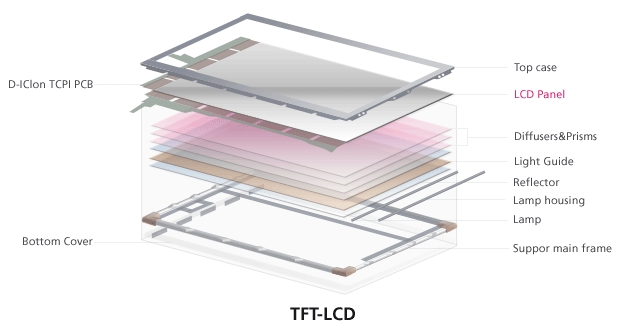(iTers News) - Ongoing advances in smartphone functionality are driving increases in screen size and pixel density, even as power consumption continues to be a critical performance issue. For these reasons, low temperature polysilicon (LTPS) TFT LCDs are increasing their share of the mobile phone display market. LTPS-based displays enable high resolution at lower power consumption than other panels, and they can therefore command higher prices.
According to the latest NPD DisplaySearch Quarterly Worldwide FPD Shipment and Forecast Report, LTPS TFT LCDs had a 37% share of mobile phone display revenues in 2013, surpassing AMOLED displays, a-Si (amorphous silicon) TFT LCD, and oxide TFT LCD. The mobile phone revenue share of LTPS-based displays is expected to reach 44% in 2014 and 51% in 2020, as shipment share increases from 19% in 2013 to 33% in 2020.
“Despite the added complexity in producing LTPS TFT LCDs, requirements for higher resolution and longer battery life in smartphones will continue to drive growth in this technology,” said David Hsieh, Vice President of the Greater China Market at NPD DisplaySearch. “Meanwhile, after a decade of manufacturing experience, many LTPS TFT LCD panel makers have reached high yield rates, which enable high production volumes.”
Table 1: Mobile Phone Display Revenues Shares by Display Technology
Source: NPD DisplaySearch Quarterly Worldwide FPD Shipment and Forecast Report
A higher process temperature is required to manufacture LTPS, compared to traditional a-Si or oxide TFT manufacturing, and the photomask process is more complicated. While the standard a-Si TFT process requires five to six photomask steps, LTPS TFT requires nine to 12, which increases capital investment required and increases the difficulty of achieving high yield rates. For 5" smartphone panels with 1920 ×1080 resolution, a LTPS TFT LCD panel costs 14% more than a-Si TFT LCD, due mainly to lower yield rate and higher equipment cost.
The key difference of LTPS TFT is higher electron mobility, which enables smaller TFTs and thus higher pixel density and integration. “The benefits of LTPS are higher pixel density, lower power consumption, and integrating driving circuits on the glass substrate,” Hsieh said.
For mobile phone displays with pixel density higher than 300 ppi, LTPS TFT LCD is the preferred technology, which is why many panel makers are now gearing up development of LTPS, including Taiwanese manufacturer AUO, Chinese manufacturers BOE, Tianma, InfoVision, and Century. At present, LTPS TFT LCD production is dominated by three players: Japan Display, Sharp, and LG Display.
While smartphones have been the dominant application for LTPS TFT LCDs, LTPS is also being adopted for high resolution tablet PCs. At the recent Consumer Electronics Show (CES), Samsung announced the first LTPS-based tablet PC, the Galaxy Tab pro.
(Credit: NPD DisplaySearch)



